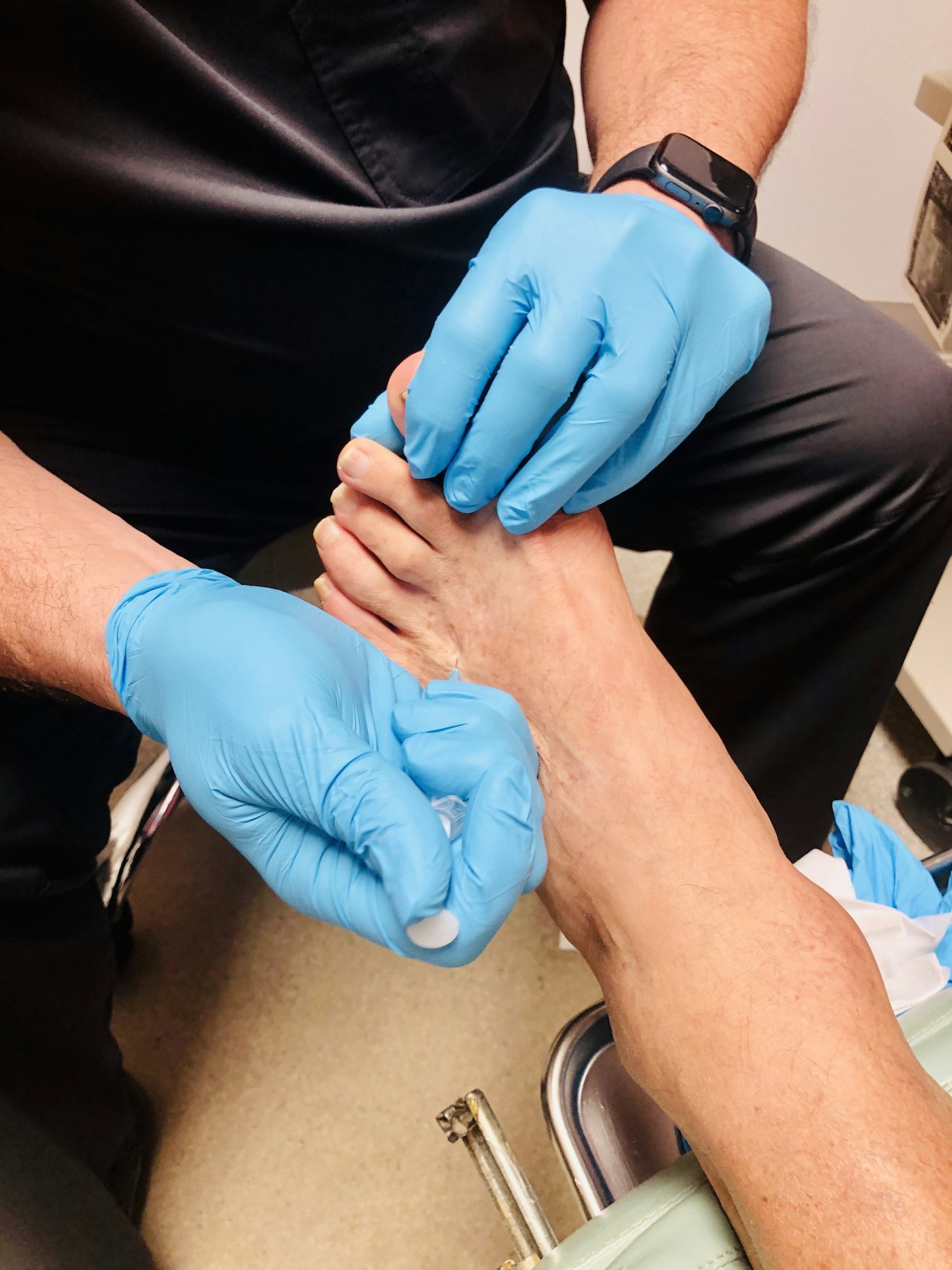Table of Contents
Introduction
We really should give our feet and ankles more consideration!
If you think about it for a second, your feet and ankles are a very important aspect of being able to participate in many activities. Without them, it would be difficult to do a lot of things – from simple tasks like walking the dog to more physically demanding activities like playing your favorite sports.
Try, for instance, to stand in line at the grocery store when your heels are giving you grief, or do a lap around the track when your arches are protesting the whole time. In fact, you don’t even have to go through that experience to know it can be more than just an inconvenience – it can be quite painful too!
So it’s in your best interest to maintain foot and ankle health. And part of this entails recognizing problems – such as heel and arch pain – early so you can have them treated and ensure optimal recovery.
Heel and Arch Anatomy – The Starting Point for Understanding Why Problems Develop
Since painful symptoms in the heel or arch can limit your activity options, you should know how to recognize problems and understand why they exist. The best starting point for this insight is to take a quick look at foot anatomy.
With regard to your heel, the heel bone (calcaneus) is the largest bone in the foot. It is also the anchor point for two very important connective tissues – your Achilles tendon and plantar fascia:
- The Achilles tendon connects the bottom of the calf muscle to your foot – anchoring in the back. This valuable tendon – the largest and strongest in the entire body – enables you to move your foot up and down when the calf muscle either expands or contracts (respectively).
- The plantar fascia connects the back of the foot to the front. This fibrous band is anchored to the bottom of the heel and runs lengthwise across the sole. One of the main functions of this particular fascia is to support your foot arch.
Your foot arch is a key anatomical structure that plays a major role in helping your feet absorb the tremendous amount of force that accompanies every step. Did you know that each time your foot lands, they absorb about two times your body weight? This force load can increase to as much as four times your weight when you run!
So as you can see, it really comes as no surprise that heel and arch pain is so common.
A Closer Look at Heel and Arch Pain
Heel pain is a fairly broad term used to describe basically anything causing discomfort in the heel. Due to its broad nature, there are several potential manifestations of this particular problem.
Some of the more common causes of heel pain include:
- Plantar fasciitis – When the plantar fascia becomes inflamed and irritated in response to excessive strain and force.
- Achilles tendinitis – When the Achilles tendon becomes inflamed and irritated in response to excessive strain and force.
- Sever’s disease – A cause for heel pain in preteens and adolescents, this condition develops when a growth plate found in the back of the heel reaches physical maturity before the Achilles tendon.
Other potential culprits include bursitis, fractures, sprains, and strains.

Heel and Arch Pain – The Culprits
With regard to heel and arch pain, there are a variety of factors that could be at work, including:
- Injury
- Ill-fitting footwear
- Weakened bones, ligaments and tendons
- Foot conditions like plantar fasciitis
- Structural imbalance
When the root cause of arch pain is structural in nature, it’s usually because arches are either too low (flatfoot) or too high (cavus foot). On the other hand, when arch pain is connected to injuries or conditions causing heel pain, it is often due to biomechanical abnormalities.
Either way, your overall comfort and stability will probably be compromised, so don’t wait to do something about it!
Finding Relief for Heel and Arch Pain
The good news is our team at Premier Podiatry & Orthopedics can help you overcome the pain and difficulty. Even better, conservative care is usually quite successful, with surgery being unnecessary for a majority of cases.
Some conservative (nonsurgical) measures we often recommend include:
- Along with giving your body some time to recover, resting and avoiding intense athletic activity is an essential measure for preventing additional damage to injured tissues.
- Anti-inflammatory medications and corticosteroids may be prescribed to both relieve pain and reduce swelling in the injured foot.
- When icing, make sure you wrap the ice or ice pack in a thin towel (to avoid damaging your skin).
- Footwear modifications. Avoid wearing ill-fitting, worn out, or unsupportive shoes. Check out OOFOS for revolutionary footwear to reduce stress on your feet and joints: https://www.oofos.com/#pposac
- Custom orthotics. These are able to correct abnormal biomechanical processes and better support the foot as a whole.
- A proper stretching program can help improve the situation and relieve painful symptoms.
Expert Podiatric Care in Sacramento
No matter the reason you’ve developed heel or arch pain, our team will assess the situation, determine the nature of your injury, and then create a customized treatment plan to resolve it for you.
The bottom line is foot pain isn’t normal – rather, this is your body’s way of saying something is wrong and needs to be addressed. So contact our office today and request an appointment by either calling 916-961-3434 or connecting with us online right now.
Looking to schedule an appointment with a physician?
Schedule an appointment with us by calling (916) 961-3434 or by clicking the button below to begin requesting your appointment today!



